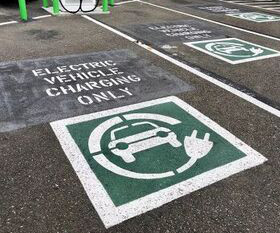New BMW 330e PHEV features 50% boost in all-electric range to 41 miles; XtraBoost debuts
Green Car Congress
AUGUST 14, 2019
The new BMW 330e plug-in hybrid features the latest generation of BMW eDrive technology paired with a four-cylinder gasoline engine. The all-electric range is more than 50% greater than that of its predecessor—66 kilometers (41 miles) (WLTP) is possible with zero tailpipe emissions. kWh per 100 kilometers. Lifecycle analysis.























Let's personalize your content